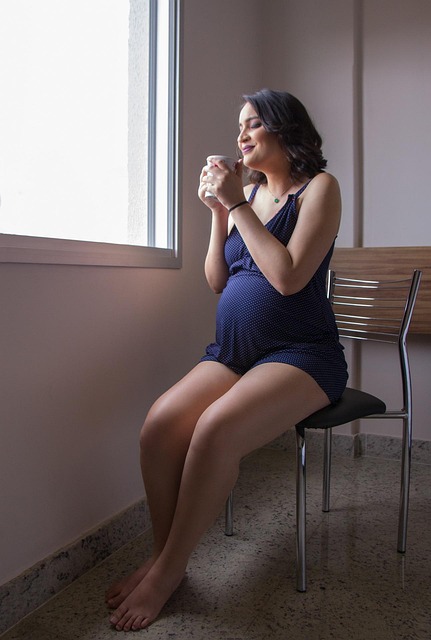I thought I was going to lose him.
I heard a faint sound coming from the bathroom—the same bathroom where my son had been cheerfully singing along to his favorite tune just moments before. He had called out, “Almost done, Mom!” while I was busy dressing my daughter in the adjoining room. These were routines we had performed countless times without issue.
But this noise was different. It was too quiet. With kids, loud usually means they’re okay; silence, on the other hand, is a cause for alarm.
I rushed into the bathroom to find him hunched over in the empty tub, arms stretched out in distress, head bowed forward, mouth agape. The sound escaping him was barely audible.
I scooped him up, flipping him onto my forearm, and began to thump his back. Again and again. I checked his mouth for any obstruction but felt nothing. The panic on his face was alarming; I knew he was choking, but on what? His bath toys were too large to pose a threat, and he had never shown interest in putting anything in his mouth, not even as an infant.
His lips turned blue.
I felt a surge of fear. I’m going to lose him.
Without a second thought, I bolted out of the house, carrying my wet child belly-down in my arms, barefoot and frantic. “Stay right there!” I yelled to my daughter, who was still in the other room. I needed help—immediately.
I screamed louder than I ever had before, racing across our lawn and my neighbor’s driveway until I reached their front door. I pounded on it, desperate for assistance. “I think he’s choking! He can’t breathe! Please help me!” I cried, collapsing as my neighbor, Mrs. Johnson, opened the door.
In an instant, she caught my son, who was now pale and lifeless-looking. One solid thump on his back, and out popped the object that had lodged itself in his throat—an unexpected item that I had no idea had made its way into the tub. This was not a bath toy. It was something he had played with before, something that, until that moment, had never posed a danger.
A ragged gasp escaped his lips as he started to cough. The color returned to his face, and he looked up at me with tears in his eyes. I held him tightly, overwhelmed with relief.
I didn’t lose him. But it could have been so different. Had I taken longer to recognize the signs, or if my neighbor hadn’t been home, the outcome might have been tragic.
I’m sharing this not for the sake of reliving those harrowing moments but to make you feel the urgency of being prepared. Not every parent has a neighbor with decades of child CPR experience, nor does everyone live in proximity to emergency responders who can come to the rescue.
Many parents, like me, may lack the crucial training that could save a life. If you babysat as a teenager or took a parenting class ages ago, that knowledge may be long forgotten.
I hope as you read this, your pulse quickens just a little. I hope you find a sense of relief knowing my son is okay but also feel the weight of the responsibility that comes with parenthood. After reading this, I encourage you to search for CPR training courses and sign up.
I hope you never have to use this knowledge, but if the situation arises, you’ll be ready.
I didn’t lose him, and I’m committed to taking a CPR class this November. I urge you to do the same. For more information on available CPR and first-aid classes, check out resources like the American Red Cross, American Health Care Academy, and the American Heart Association.
Additionally, if you’re exploring options for family planning, consider checking out our post on the Insemination Kit for more insights. For a deeper understanding of pregnancy options, visit Mayo Clinic’s IVF Resource or read more about the topic here.
In summary, being prepared can mean the difference between life and death. Please take the step to educate yourself and ensure that you’re ready for any emergency that may arise.
